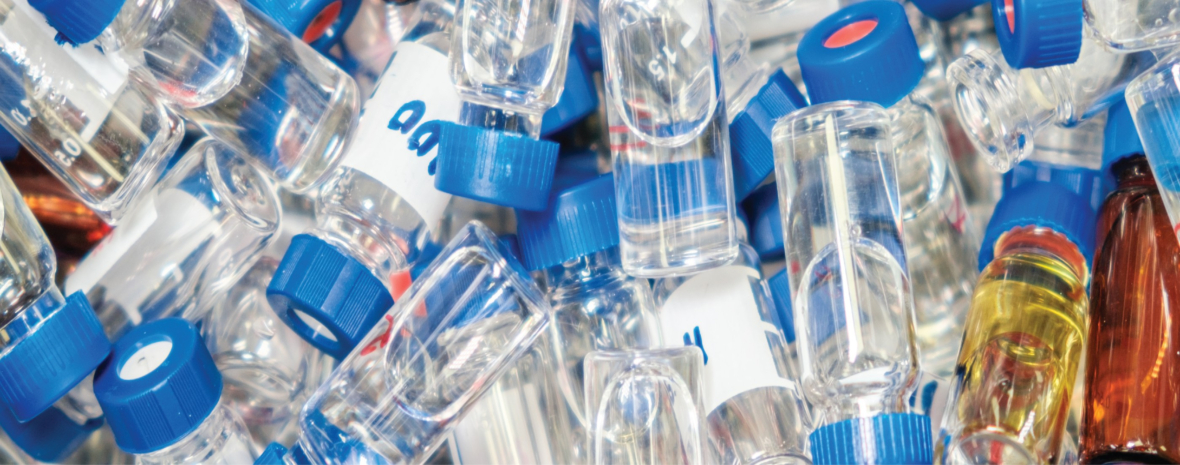We use cookies to make your experience better. To comply with the new e-Privacy directive, we need to ask for your consent to set the cookies. Learn more.
Author: International Enviroguard
Laboratory Biosafety Levels: Requirements and PPE
Research and biomedical labs often work with live and potentially dangerous microorganisms. For this reason, specific lab designs, lab safety procedures, and personal protective equipment for biosafety labs must be in place to prevent contamination or the accidental release of these contaminants.
How to Avid Pharmaceutical Waste Disposal Mistakes
The pharmaceutical waste management market is expected to increase from $1.19 billion in 2017 to $1.98 billion by 2025, positioning it as a global health, safety, and environmental concern.
How to Safely Clean a Biosafety Cabinet (BSC)
When people need to work with contagious and deadly pathogens (i.e., bacteria and viruses), they need a safe and clean environment in which to work. Biosafety cabinets are an excellent solution because they offer various amenities while keeping both the worker and the surrounding area clean and...
Paint Fumes: The Hidden Dangers That Cause Adverse Health Conditions
The fact that paints, stains, and surface coatings are all around us often makes people believe they are perfectly safe. Since the majority of lead-based products have been eliminated, some of the health risks have been mitigated. It may come as something of a surprise to workers entering positions...
How to Prevent the Most Common Occupational Diseases
It should go without saying that some jobs are more dangerous than others - and risk on the job site can stem from a variety of factors, which may include the materials being worked with or the equipment that's being used. When it comes to hazards on site, there's also the risk of occupational...
Ladder and Powerline Safety: Important Things to Know
Ladders are typically made of wood, metal, or fiberglass. However, many jobs require the use of ladders that are placed in close proximity to powerlines. In this article, we discuss essential ladder and powerline safety tips to keep in mind when using ladders near powerlines to reduce the risk of...
Understanding the Ins and Outs of Cannabis Waste Disposal
As cannabis becomes legal across the United States, cannabis businesses must figure out how to handle both the product itself and its waste. Because of the chemical nature of cannabis, the waste is not like other byproducts and must be addressed accordingly with a cannabis waste management plan.
How to Properly Layer Flame-Resistant Clothing: How and When
Flash fires. Explosions. Flames. Arc flashes.
They're all potential dangers associated with various professions. And those who are at risk of these hazards should be wearing FR, or flame-resistant, clothing to stay safe. In this post, we'll take a closer look at FR clothing, the industries where...







